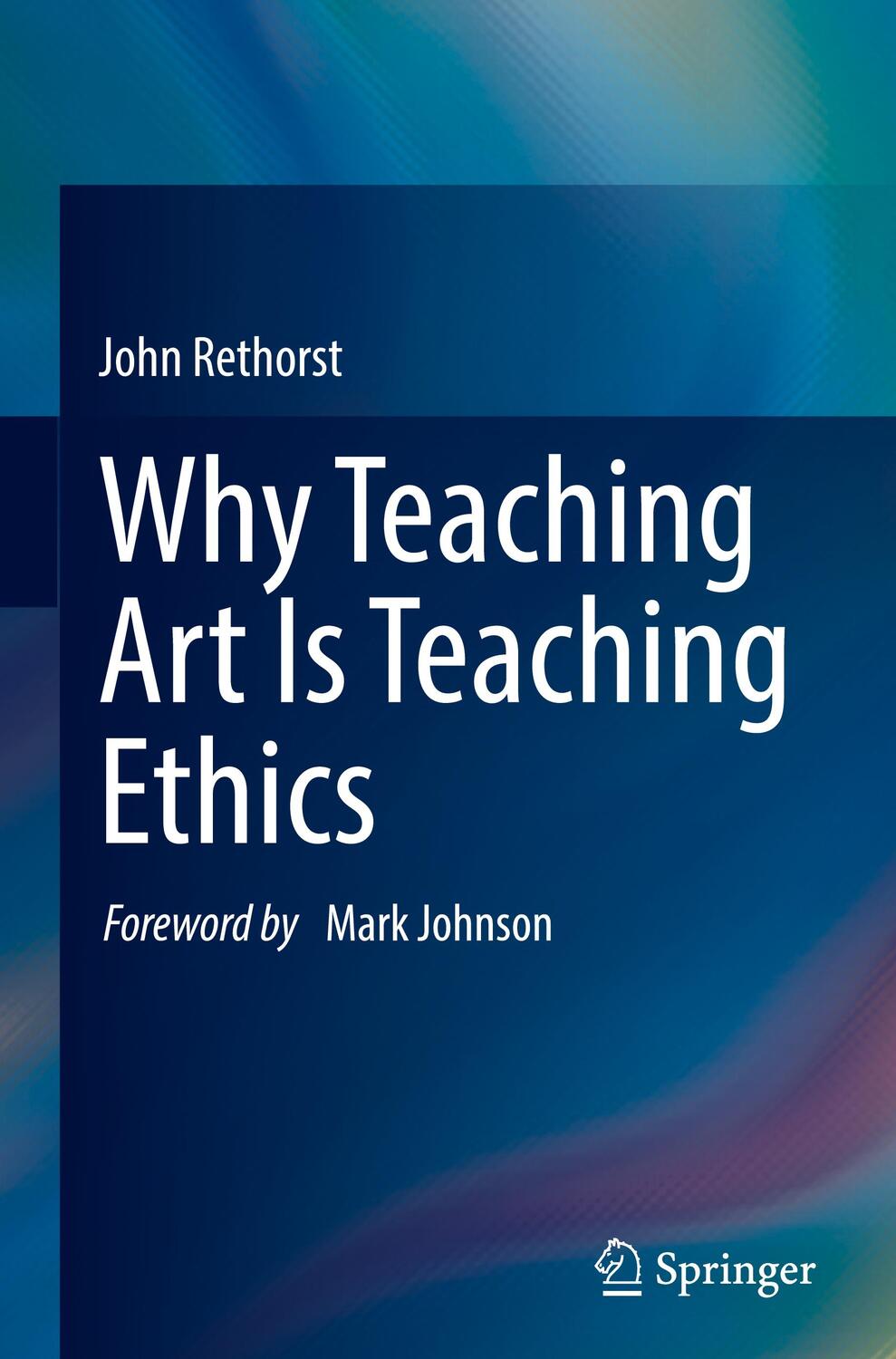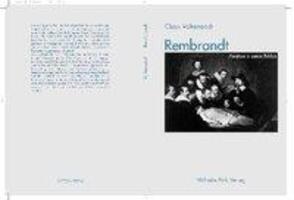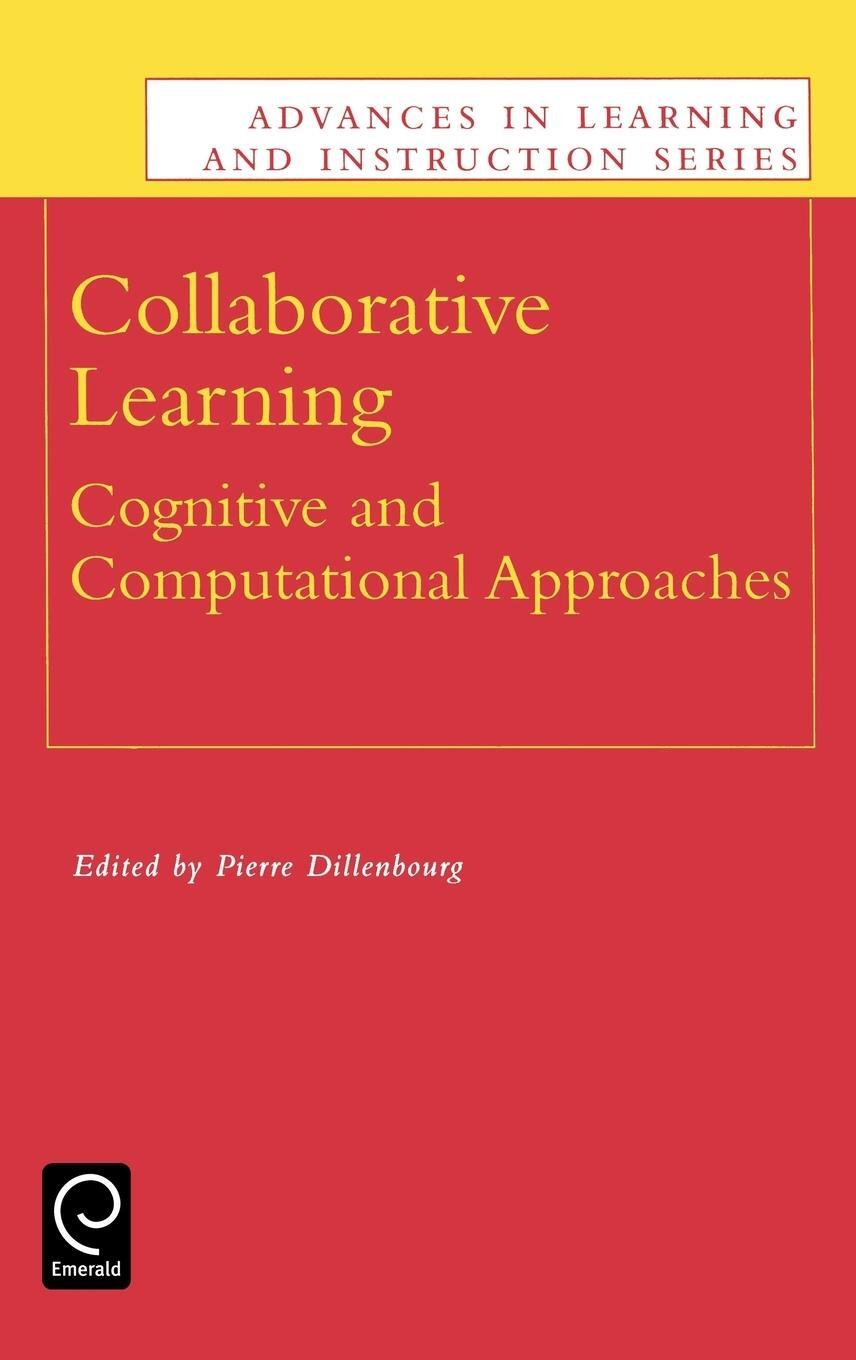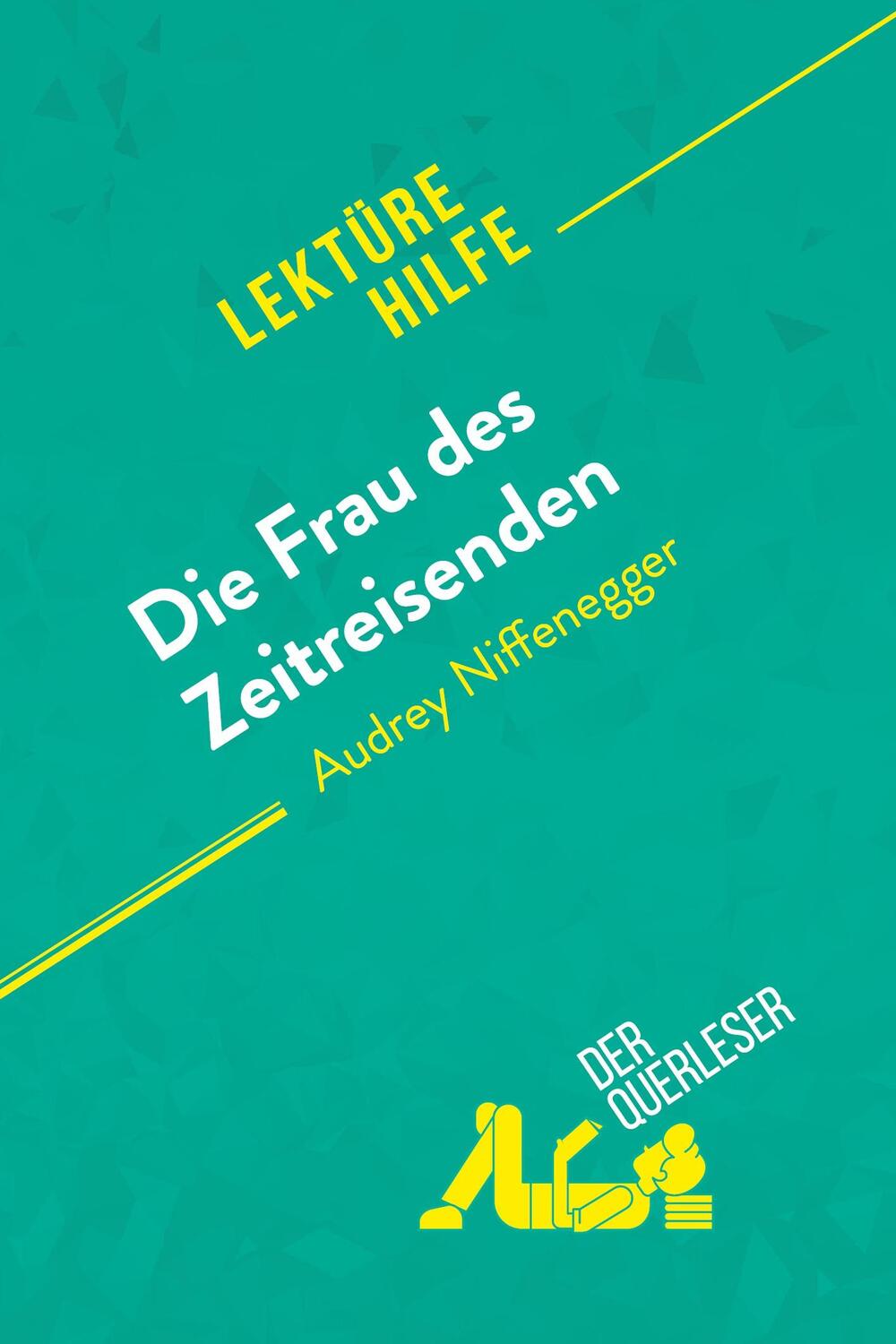85,59 €*
Versandkostenfrei per Post / DHL
Aktuell nicht verfügbar
This book introduces an original idea in philosophy, ¿moral density,¿ which for the first time elucidates the profound relation between art and ethics. Written for the literate layperson, an academic or technical background is not necessary, so this book will be of interest not only to philosophers and educators, but to all who are concerned with what is good, and how to see it and teach it.
This book introduces an original idea in philosophy, ¿moral density,¿ which for the first time elucidates the profound relation between art and ethics. Written for the literate layperson, an academic or technical background is not necessary, so this book will be of interest not only to philosophers and educators, but to all who are concerned with what is good, and how to see it and teach it.
John Rethorst has taught at Cornell University and other colleges and schools in the United States and Europe. Beyond the academic community, he has been a railroad telegraph operator, newspaper reporter and photographer, a sailor on a polar icebreaker, has worked on a dairy farm, written computer software, and lived and studied in a Zen Buddhist monastery.
Considers in detail why art is, as Plato thought, the nearest clue to ethics
Discusses in detail how literature can provide moral illumination
Brings traditional and current thinking in both philosophy and education, to help young people become good people
| Erscheinungsjahr: | 2023 |
|---|---|
| Genre: | Philosophie |
| Rubrik: | Geisteswissenschaften |
| Medium: | Buch |
| Seiten: | 176 |
| Inhalt: |
xiii
162 S. 2 s/w Illustr. 162 p. 2 illus. |
| ISBN-13: | 9783031195105 |
| ISBN-10: | 3031195108 |
| Sprache: | Englisch |
| Ausstattung / Beilage: | HC runder Rücken kaschiert |
| Einband: | Gebunden |
| Autor: | Rethorst, John |
| Auflage: | 1st ed. 2023 |
| Hersteller: |
Springer Nature Switzerland
Springer International Publishing |
| Maße: | 241 x 160 x 16 mm |
| Von/Mit: | John Rethorst |
| Erscheinungsdatum: | 02.01.2023 |
| Gewicht: | 0,436 kg |
John Rethorst has taught at Cornell University and other colleges and schools in the United States and Europe. Beyond the academic community, he has been a railroad telegraph operator, newspaper reporter and photographer, a sailor on a polar icebreaker, has worked on a dairy farm, written computer software, and lived and studied in a Zen Buddhist monastery.
Considers in detail why art is, as Plato thought, the nearest clue to ethics
Discusses in detail how literature can provide moral illumination
Brings traditional and current thinking in both philosophy and education, to help young people become good people
| Erscheinungsjahr: | 2023 |
|---|---|
| Genre: | Philosophie |
| Rubrik: | Geisteswissenschaften |
| Medium: | Buch |
| Seiten: | 176 |
| Inhalt: |
xiii
162 S. 2 s/w Illustr. 162 p. 2 illus. |
| ISBN-13: | 9783031195105 |
| ISBN-10: | 3031195108 |
| Sprache: | Englisch |
| Ausstattung / Beilage: | HC runder Rücken kaschiert |
| Einband: | Gebunden |
| Autor: | Rethorst, John |
| Auflage: | 1st ed. 2023 |
| Hersteller: |
Springer Nature Switzerland
Springer International Publishing |
| Maße: | 241 x 160 x 16 mm |
| Von/Mit: | John Rethorst |
| Erscheinungsdatum: | 02.01.2023 |
| Gewicht: | 0,436 kg |












